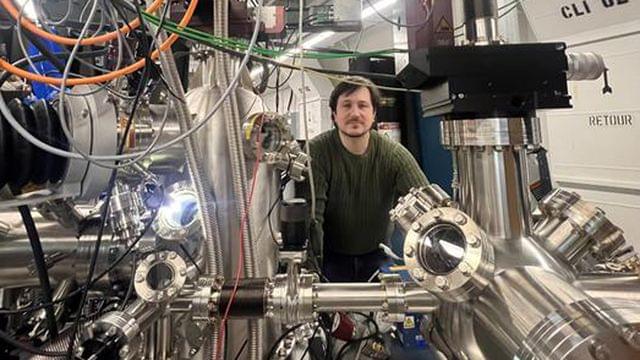Bellevue, Wash.-based Lumen Orbit, a startup that’s only about three months old, says that it’s closed a $2.4 million pre-seed investment round to launch its plan to put hundreds of satellites in orbit, with the goal of processing data in space before it’s downlinked to customers on Earth.
The investors include Nebular, Caffeinated Capital, Plug & Play, Everywhere Ventures, Tiny.vc, Sterling Road, Pareto Holdings and Foreword Ventures. There are also more than 20 angel investors, including four Sequoia Scouts investing through the Sequoia Scout Fund. “The round was 3x oversubscribed,” Lumen CEO and co-founder Philip Johnston told GeekWire in an email.
Johnston is a former associate at McKinsey & Co. who also co-founded an e-commerce venture called Opontia. Lumen’s other co-founders are chief technology officer Ezra Feilden, whose resume includes engineering experience at Oxford Space Systems and Airbus Defense and Space; and chief engineer Adi Oltean, who worked as a principal software engineer at SpaceX’s Starlink facility in Redmond, Wash.




